The Role of Wrist Action in Golf Swing
A complete guide detailing everything about how the wrists work in the golf swing.
March 7, 2025
14 minutes read
Off-Season Golf Practice Plan for Home or Indoors
Get your personalized at-home golf practice plan with drills and tips designed for your available space and equipment. Perfect for off-season and winter training.
January 10, 2025
36 minutes read
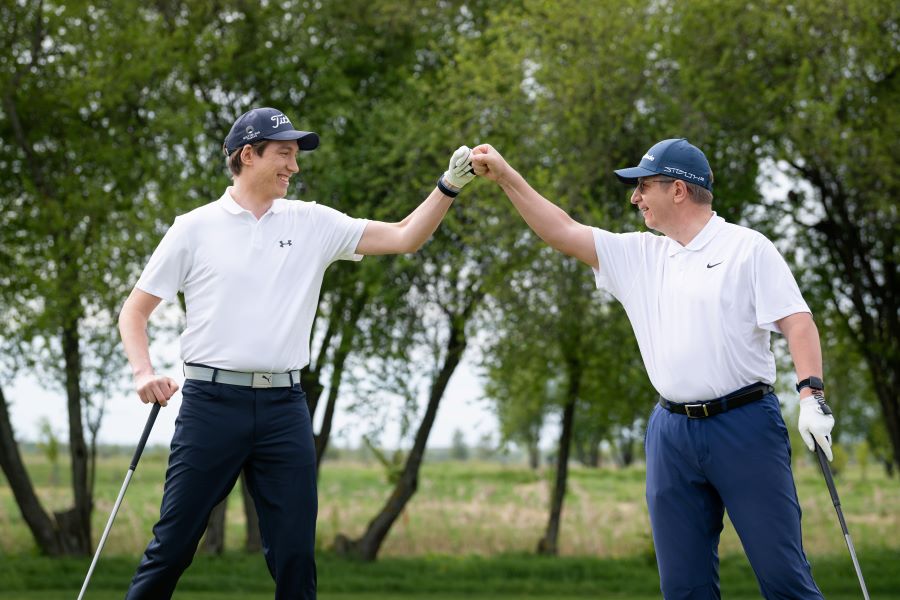
June 30, 2025
12 minutes read
Breaking 100 in Golf: Proven Strategies & Tips That Actually Work
Breaking 100 in golf is a rite of passage. The first time you break 100 in golf, you’ll feel like ...
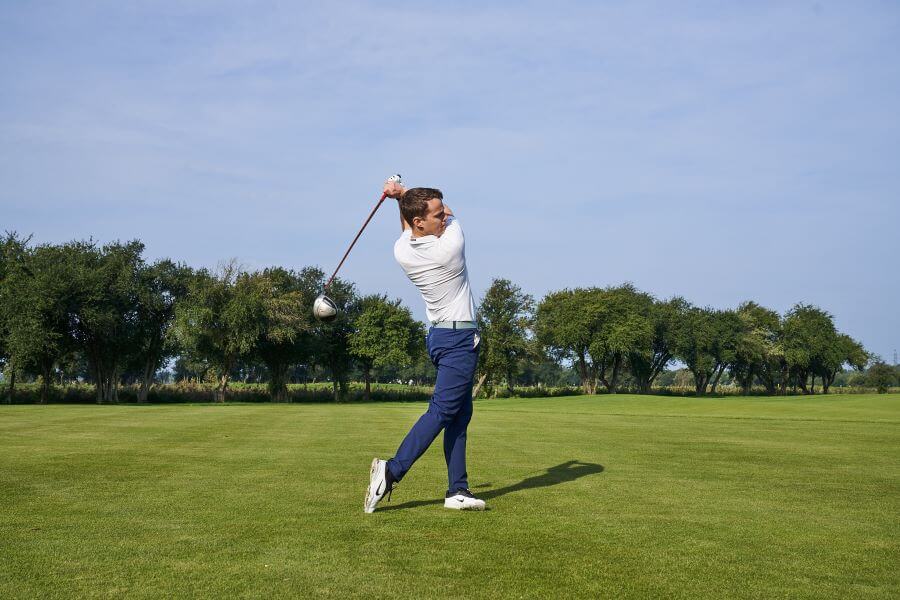
June 30, 2025
10 minutes read
10 Proven Tips to Increase Your Clubhead Speed and Add More Distance
Want to hit it farther without overhauling your swing? Increasing your clubhead speed is one of the ...
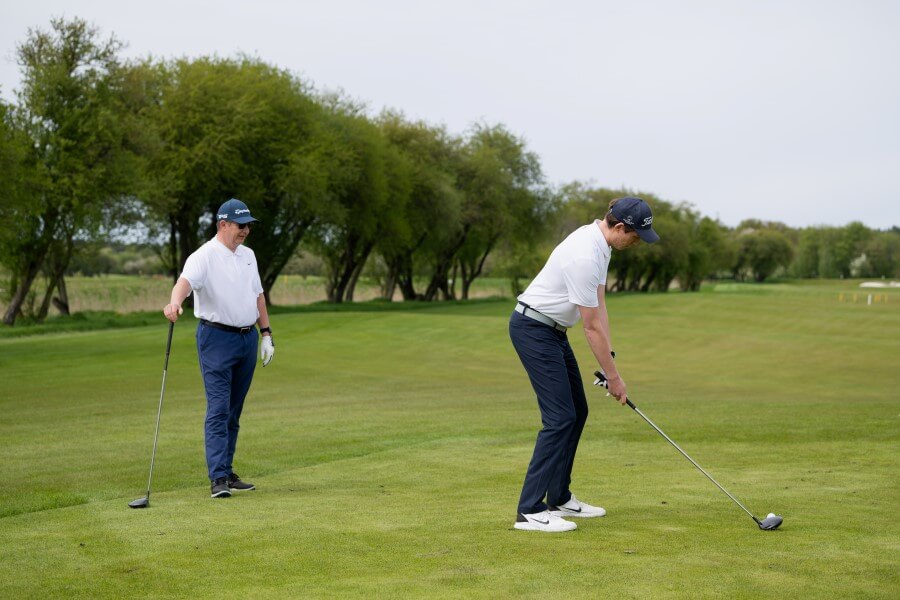
June 30, 2025
12 minutes read
How to Break 90 in Golf Consistently – The 20 Proven Tips for Be...
Breaking 100 feels like a huge milestone, until the very next round, when all you can think about is...
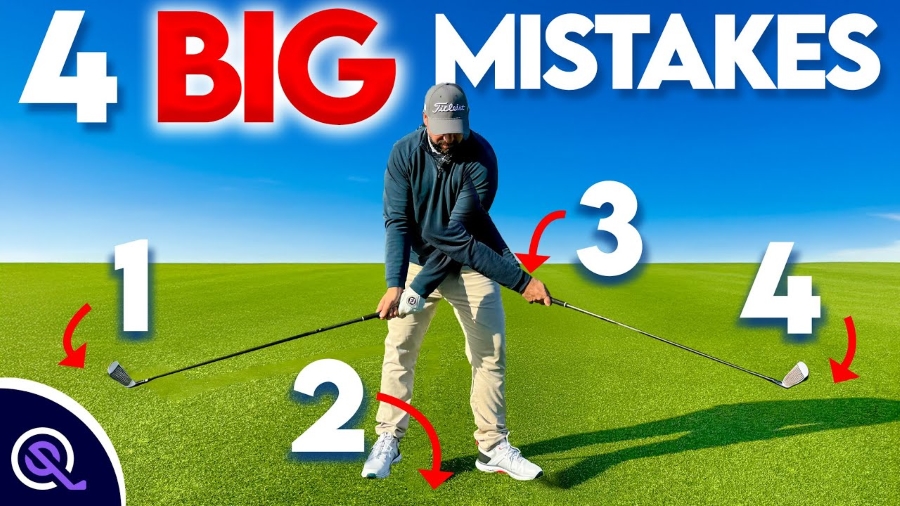
March 3, 2025
4 minutes read
The 4 Biggest Iron Striking Mistakes (and the Drills to Fix Them) R...
Iron shots make up a good portion of your round of golf. If you struggle to make clean contact with ...

February 4, 2025
4 minutes read
3 Great Drills for Better Ball Striking (Video by The Art of Simple Go...
Most golfers who want to improve their ball striking start hitting more golf balls at the range. How...
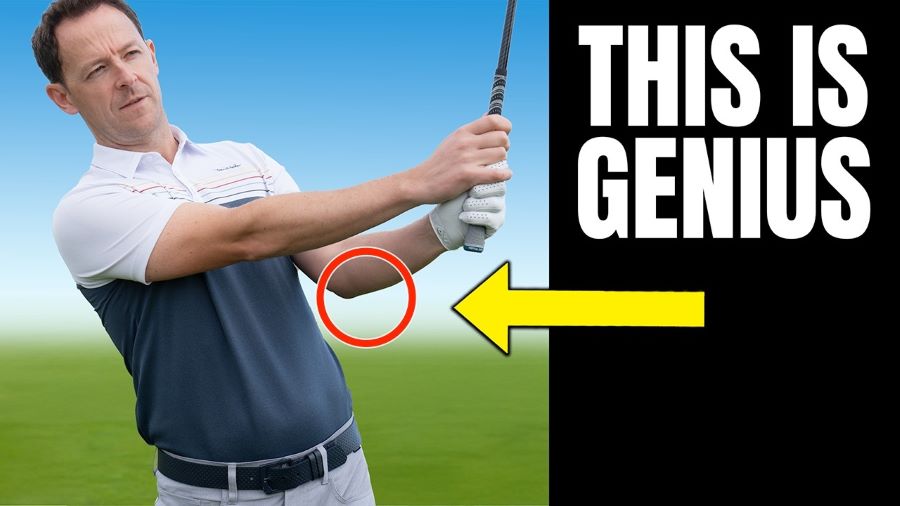
December 3, 2024
3 minutes read
Master the Circle: Danny Maude’s Simple Drill for Consistency with I...
It’s not often we find a drill that works just as well for the driver as it does for the irons. In...
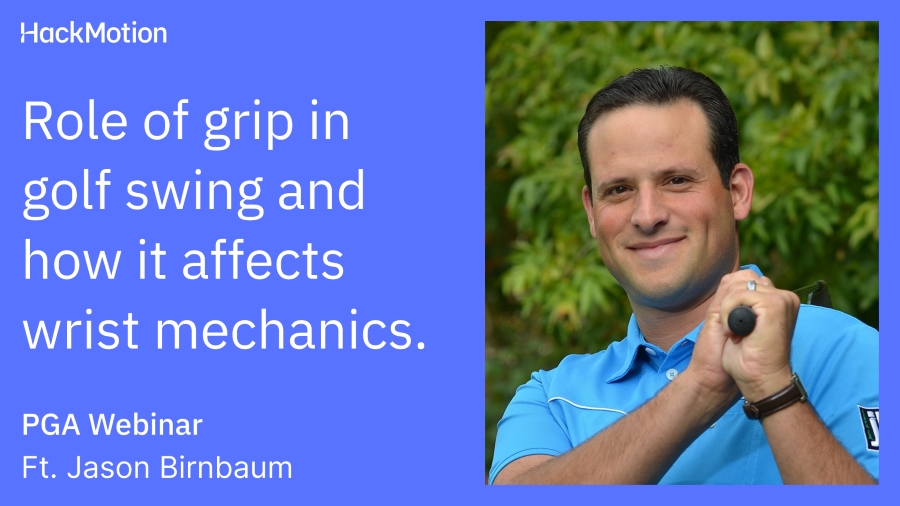
March 7, 2025
4 minutes read
Jason Birnbaum on The Role of Grip in Golf: A HackMotion Webinar
We say it often at HackMotion, but the grip is your only connection with the club. If the grip is in...

January 31, 2025
4 minutes read
Dan Whittaker’s Case Study: Fixing Wrist Angles & Club Position ...
Golf coach Dan Whittaker breaks down a real-world case study of Sadie Adams, a highly skilled junior...

August 2, 2024
4 minutes read
The Ideal Wrist Positions in Golf: Insights from Tyler Ferrell’s...
As part of our HackMotion webinar, coach Tyler Ferrell gave a presentation on using the wrists in th...

June 2, 2025
5 minutes read
HackMotion Golf Drills: Train Smarter with a Virtual Coach on Your Wri...
Have you ever said, “If I could just get the feeling, I could repeat it”? In golf, sometimes all...

May 9, 2025
7 minutes read
Practical Drills to Improve Wrist Mechanics and Clubface Control
HackMotion was created so that golfers could see and feel (simultaneously) how their wrists are impa...

April 3, 2025
4 minutes read
6 Proven Hip Rotation Drills to Improve Your Golf Swing and Add Speed
Proper hip rotation in golf can be responsible for increased distance on your driver, more accuracy ...
